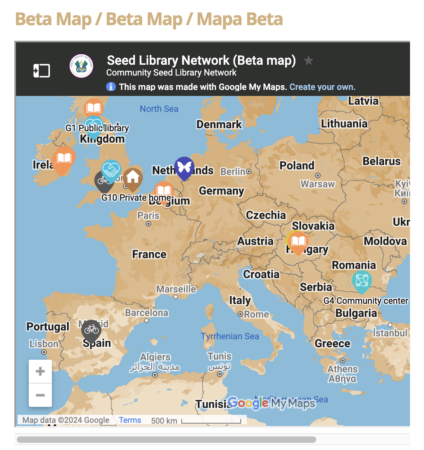There’s a new international treaty on the block. World Intellectual Property Organization (WIPO) members have just approved the Treaty on Intellectual Property, Genetic Resources and Associated Traditional Knowledge. What does it do? It’s basically about disclosing where genetic resources came from when claiming a patent.
Broadly, where a claimed invention in a patent application is based on genetic resources, each contracting party shall require applicants to disclose the country of origin or source of the genetic resources. Where the claimed invention in a patent application is based on traditional knowledge associated with genetic resources, each contracting party shall require applicants to disclose the Indigenous Peoples or local community, as applicable, who provided the traditional knowledge.
Is this in line with the International Plant Treaty? The new treaty certainly recognizes the ITPGRFA:
“Source of genetic resources” refers to any source from which the applicant has obtained the genetic resources, such as a research center, gene bank, Indigenous Peoples and local communities, the Multilateral System of the International Treaty on Plant Genetic Resources for Food and Agriculture (ITPGRFA), or any other ex situ collection or depository of genetic resources.
Broadly supportive, I would say, but will require some linking up of databases at the very least.

